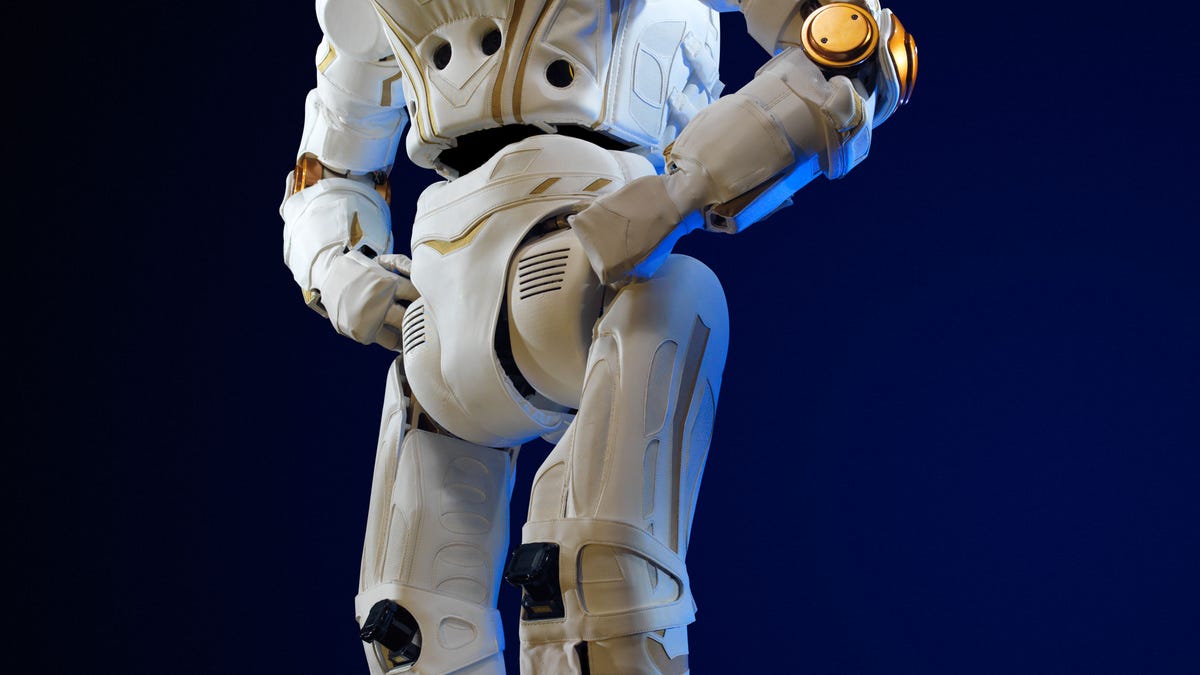NASA sets the challenge: Get this android Valkyrie ready for Mars
MIT and Northeastern teams will compete to make NASA's 6-foot-tall humanoid robot, also called R5, more useful for space exploration.
The challenge: take a humanoid robot named Valkyrie and make it as autonomous and dexterous as possible. NASA has chosen two university groups to compete in developing the prototype robot, also called Robonaut 5 or R5, with the ultimate goal of getting it ready for missions to Mars.
Researchers at MIT and Northeastern University will be pitting their R5 robots against each other in NASA's Space Robotics Challenge in 2016, in both physical challenges and computer simulations. While human-shaped robots may not seem like the most efficient choice -- you have to teach them how to fall over, for example -- they could be helpful companions and advance explorers in the harsh environment of Mars.
"Likely NASA will send robots ahead of the astronauts to the planet," explains Nicolaus Radford, then project lead at NASA's Dexterous Robotics Lab, in the 2013 video below showing the Valkyrie robot. "These robots will start preparing the way for the human explorers and when the humans arrive, the robots and humans will work together...[in a] tight relationship."
The R5 robot being developed was already pretty impressive at that time, as you can see in the video. It measures 6 feet tall and weighs 290 pounds. It has cameras in the head area, the chest, arms, the knees and the feet as well as sonar in its abdomen. It also uses LIDAR, a remote-sensing technology using reflected laser light to measure objects, in the head. R5 has a glowing NASA logo in its chest that makes it look a little like Iron Man's younger brother.
In June, the Defense Advanced Research Projects Agency (DARPA) held the finals for its multiyear Robotics Challenge in which organizations from around the world built robots and put them through rigorous tests. The MIT and Northeastern groups were selected from among the competitors.
"NASA often looks to the commercial and academic sector to help advance the technologies we will need to explore beyond low-Earth orbit," Stephen Jurczyk, associate administrator for NASA's Space Technology Mission Directorate, explained in a statement.
The MIT team will be led by Russ Tedrake while the Northeastern team will be headed up by Taskin Padir. Both research groups will be working on software to make R5 perform better.


